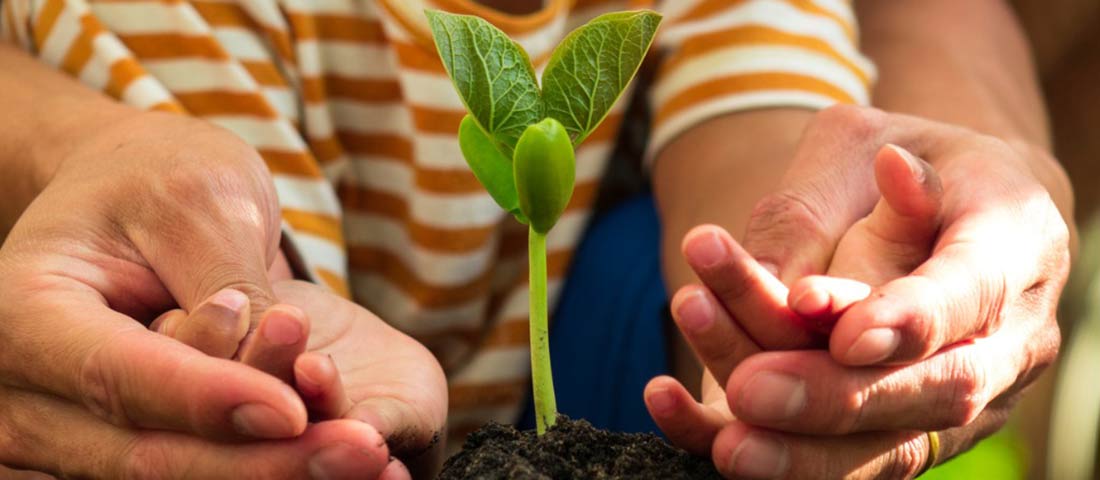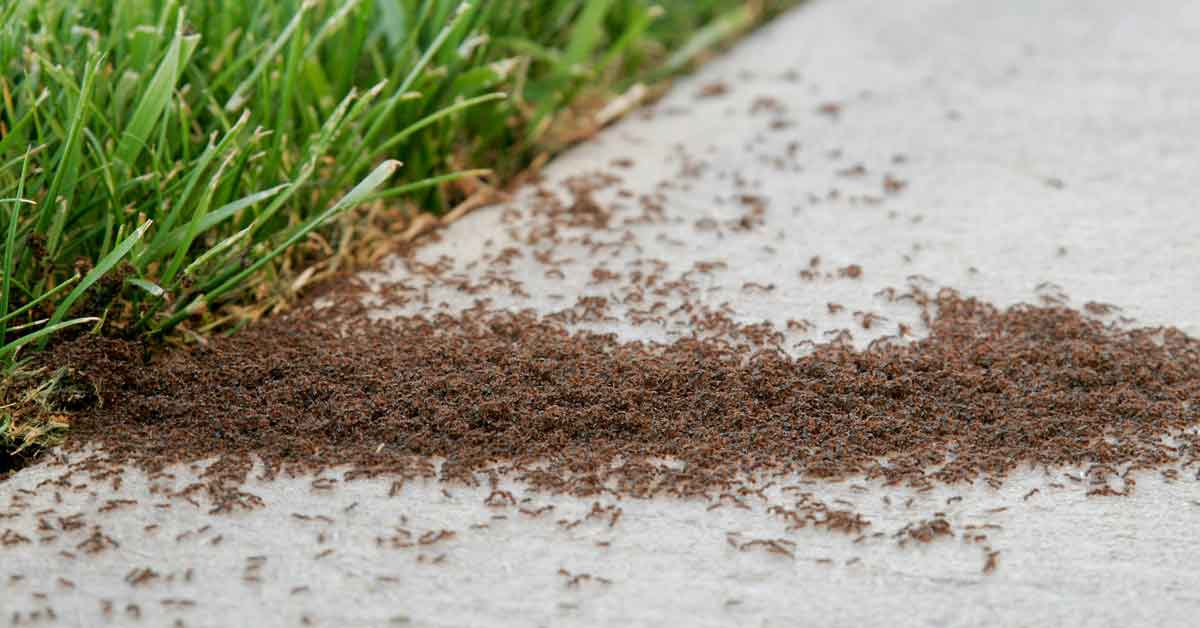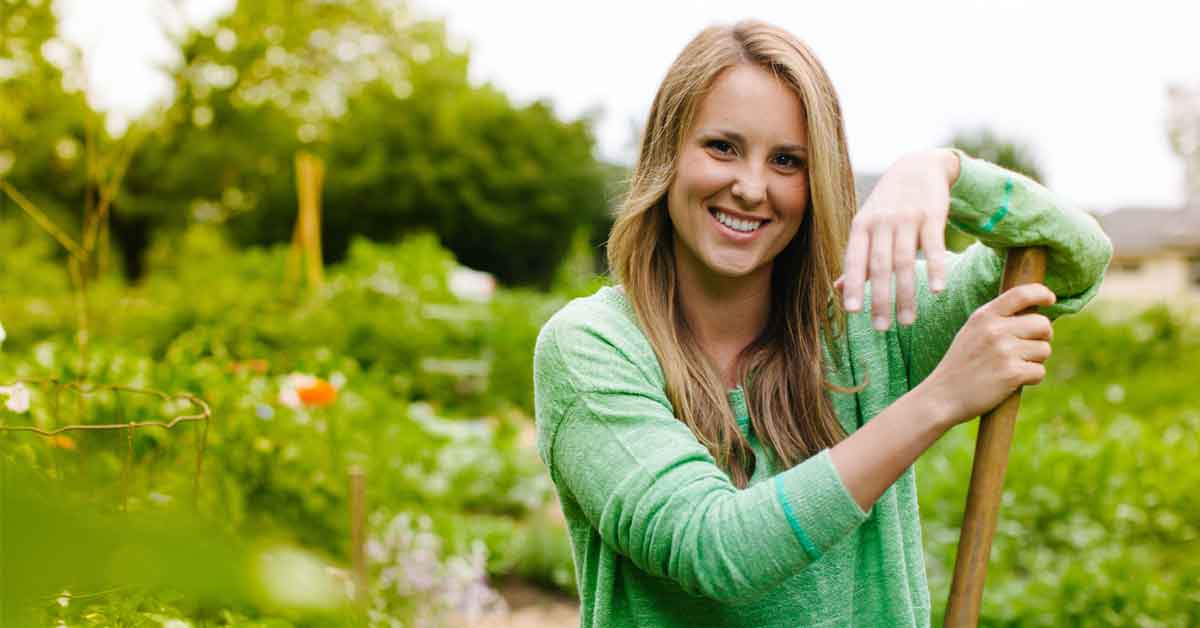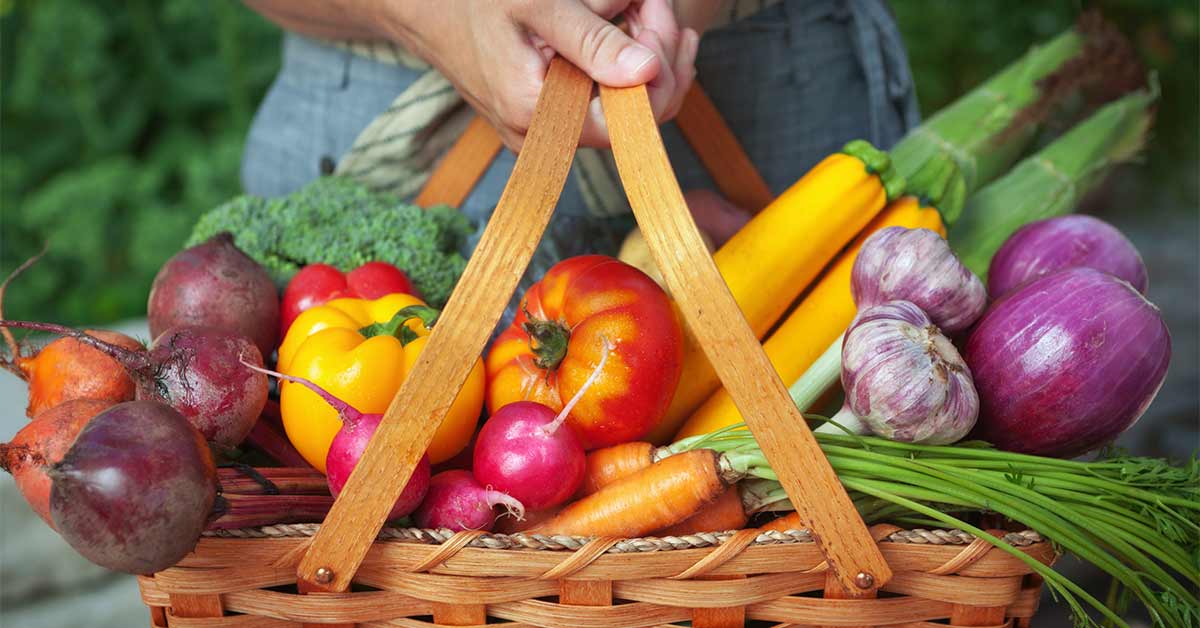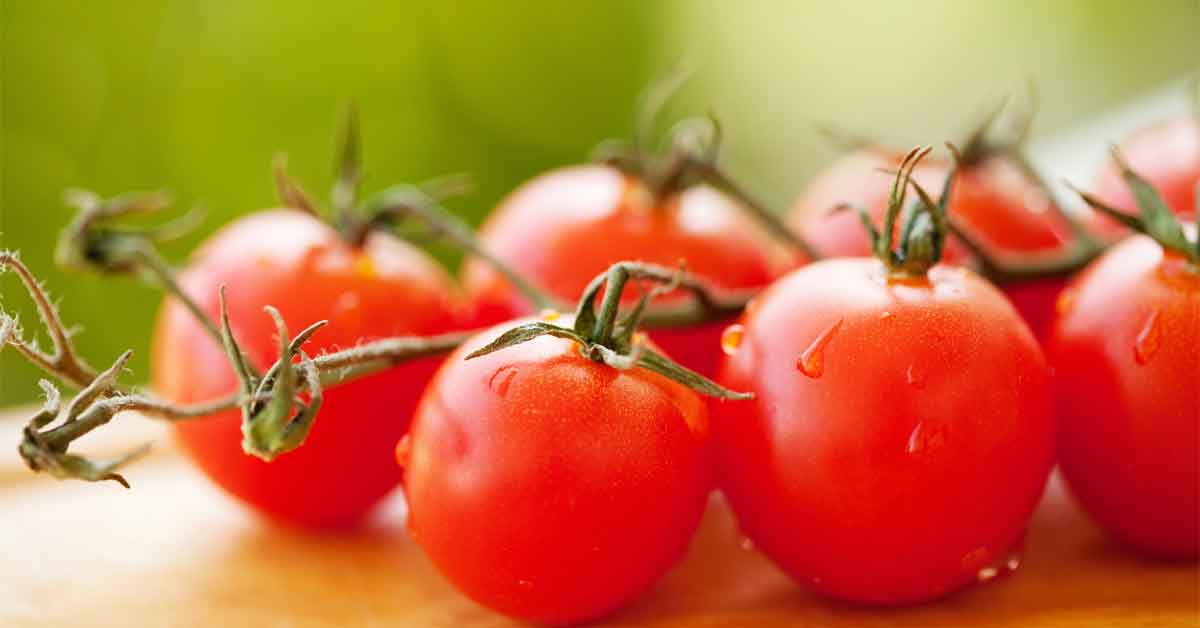How to Start a Garden
- How to Choose a Garden Spot
- How to Prepare Your Garden Soil
- How to Plant a Garden
- How to Maintain a Garden
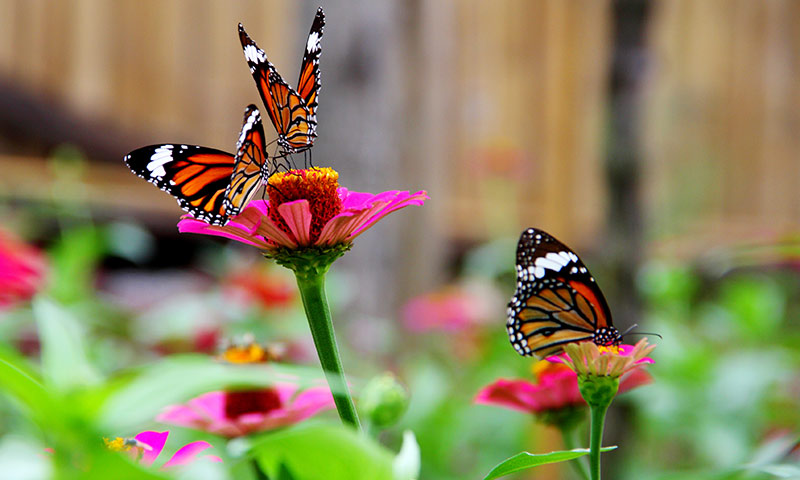
Plants and pollinators appreciate warm, sunny garden spots.
How to Choose a Garden Spot
Most fruits, vegetables and flowering plants grow best with plenty of sun. Unless you're planning a shade garden of foliage plants, choose a spot that gets six to eight hours of daily sunlight. You enjoy more flowers, more fruits, stronger plants and more pollinators. Avoid slopes and low-lying areas in your yard. Slopes drain too fast, so they're hard to water well. Spots with long-lasting puddles after rain are poorly drained, and keep plant roots too wet. If possible, choose a site away from tree roots. They compete for water and nutrients, plus it's easier to plant where they aren't.For your first garden, start small. This goes whether you're starting a vegetable garden or you plan to start a flower garden too. Get a feel for garden maintenance and care so you don't get overwhelmed. Then expand as you and your garden grow. Make sure a water faucet or hose connection is nearby, so you don't have to carry water far — or at all.
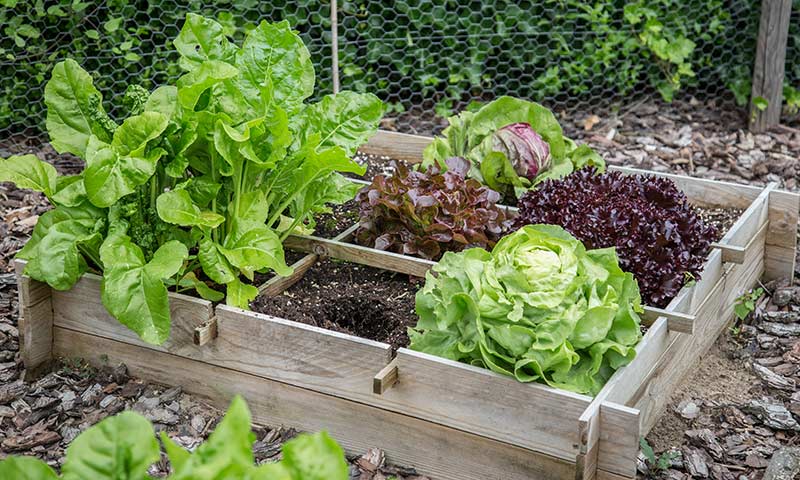
With raised garden boxes, you can start a garden anywhere.
How to Prepare Your Garden Soil
Never work your garden soil when it's wet or you risk compacting it with your hands, tools and feet. That changes soil structure and makes it harder for water, nutrients and air to support healthy roots. Before you start, squeeze a handful of soil. If it clumps together, it's too wet. If it crumbles in your hand, go ahead. A simple soil test can teach you about your soil pH and help you improve it with your gardening goals in mind. Soil pH determines whether your garden plants can access nutrients in soil and fertilizers. Most plants do best with slightly acidic, near-neutral soil around 6.0 to 7.0 pH. Most plants prefer soil rich with organic matter. You can improve your garden by incorporating compost into your soil's top 6 inches. Use hand tools or rent a tiller from your local garden store. Garden gypsum helps loosen heavy clay soils to help water penetrate and improve drainage. Remove any sticks, stones, grass or weeds as you work.Raised garden boxes, also called raised beds, offer another option. Available in different heights and DIY versions, these boxes sit on top of your natural soil. You can fill them with a premixed, weed-free garden soil optimized for flowers, veggies or whatever you want to grow. Plus, you don't have to bend over as much to plant, maintain or harvest.
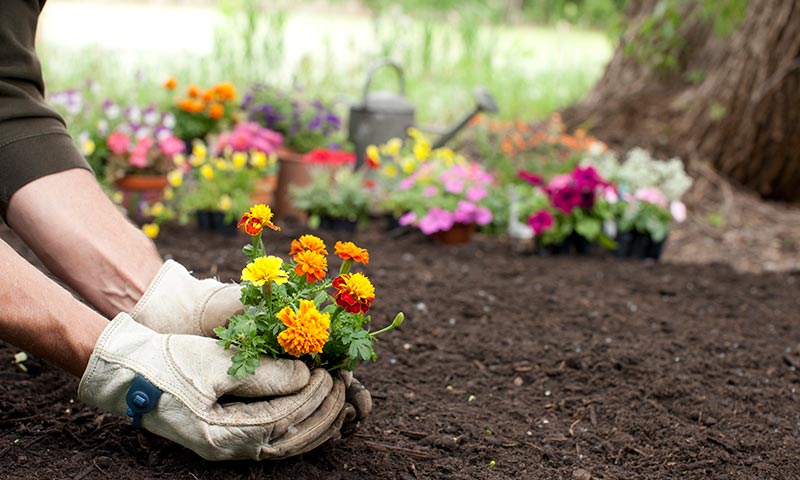
Marigolds are examples of flowers that get replanted each year.
How to Plant a Garden
Deciding how to plant your garden depends on you. Be as creative and adventurous — or traditional —as you want. Annuals are plants that last one year, so you start new every year. Perennials live longer. They come back year after year and grow larger over time.
Most common garden vegetables grow as annuals in the United States. Even though some live longer in the tropics, they don't survive winter here. When planting annual vegetables or flowers, leave enough space for them to grow to full size in the current year. When planting perennials, keep their mature size in mind so they're not too crowded next year.
You can start annuals and perennials from seeds, small plants called "starts" or "transplants," and larger plants grown in nursery pots. Some seeds go straight in the garden, but others need a head start indoors. Most transplants and larger plants are ready to go outside when you buy them.
Take time to plan before you plant. Then follow spacing and planting instructions on your seed packets or plant tags. You can plant your garden in straight rows, patchwork squares, wavy designs — anything goes. Segregate edibles from ornamentals or create a mixed edible landscape of your own.
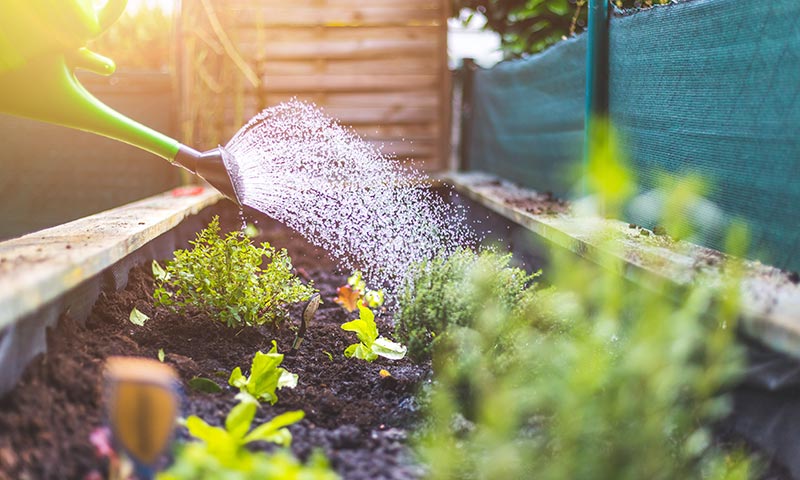
Flowers and vegetables depend on plenty of sun, water and care.
How to Maintain a Garden
Whatever you grow, plants need care: water, fertilizer and pest control. Most plants need enough water to equal 1 inch of rain each week — that usually moistens soil about 6 to 8 inches deep. Water your garden to supplement your rainfall as needed. Water early in the day so plant leaves dry in the sun and fungal diseases don't take hold.
Like people, plants need good nutrition. Give your garden a healthy foundation with an all-purpose, balanced fertilizer like Pennington Rejuvenate Plant Food All-Purpose 4-4-4, created to revitalize soil and nourish plants from the inside out. You can also feed plants specialty fertilizers such as OMRI-listed Alaska Fish Fertilizer 5-1-1 or Alaska Morbloom 0-10-10 for bigger flowers and fruits.
Pest control covers unwelcome insects and diseases. Protect your garden at the first sign of insect damage. Liquid Sevin Insect Killer Ready To Use2 is ideal for spot treatments and small garden areas. Just shake well and you're ready to spray. With Sevin Insect Killer Dust Ready To Use, the convenient shaker container makes sprinkling a light layer of dust quick and simple. Economical Sevin Insect Killer Concentrate, designed for use with a pump-style sprayer, is perfect for treating larger garden areas easily.
With fungal disease, prevention is key. With Daconil Fungicide Ready-To-Use or Daconil Concentrate, you can control, stop and prevent fungal diseases that target ornamental plants, vegetables and fruits. With Sevin Sulfur Dust, for use as a dust or a spray, you get 2-in-1 disease and insect control over pests, from powdery mildew to pesky mites.
With your first garden under your belt, you'll be hooked — and ready to start planning a new garden for next year. Whether your garden goals are gourmet meals, bouquets or beautiful views, GardenTech brands are here to help you achieve them.
Always read product labels thoroughly and follow instructions, including guidelines for pre-harvest intervals (PHI) and application frequency.
GardenTech is a registered trademark of Gulfstream Home & Garden, Inc.
Sevin is a registered trademark of Tessenderlo Kerley, Inc.
Pennington is a registered trademark of Pennington Seed, Inc.
UltraGreen is a registered trademark of Central Garden & Pet Company.
Get Monthly Gardening Advice!

